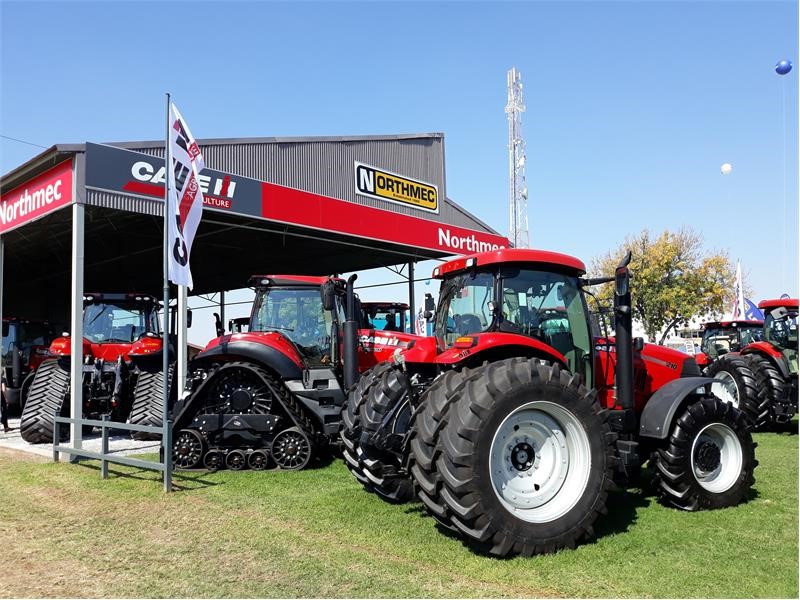
We continue to observe robust activity in South Africa’s agricultural machinery market, and this optimism has been underway since May 2020. Last week, the figures released by the South African Agricultural Machinery Association show that tractors’ and harvesters’ sales were each up by 13% y/y in May 2021, with 518 and 35 units sold, respectively.
As we indicated last month, the improved farmers’ finances have supported the sale. This is on the back of the large harvest in 2019/20, prospects for yet another good agricultural season in 2020/21, and higher commodities prices. The relatively stronger exchange rate has also been a positive buffer for the imported agricultural machinery.
We focus on the major summer grains to illustrate the positive prospects of the 2020/21 production season.
The South African Crop Estimates Committee (CEC) currently forecasts maize, soybeans and sunflower seed at 16,2 million tonnes (up 6% y/y – the second-largest harvest on record), 1,9 million tonnes (up 54% y/y, a record harvest) and 716 240 tonnes (down 9% y/y). The expected decline in the sunflower seed harvest is a result of a reduction
in area plantings as farmers switched some areas to maize. Generally, the expected large grains harvest is also mirrored on other subsectors of agriculture and underpinned by favourable weather conditions.
While South Africa is now in a busy period of the agricultural calendar – completing winter crops planting, and harvesting for summer crops in full swing, we remain cautious that the excellent momentum of agricultural machinery sales might slow in the second half of the year. In our view, the expected large harvest in the 2020/21 production season might not lead to sustained sales and another year of higher agricultural machinery sales. Typically, a
relatively good sales year, such as 2020, is likely to be followed by a somewhat lower sales period. This is because the replacement rate of machinery with new ones would usually be down from the previous years. Another factor to keep a close eye on is the exchange rate, although the current firmer levels support the sales. Any changes into a weaker domestic currency will likely lead to higher prices for imported agricultural machinery and discourage
sales.



